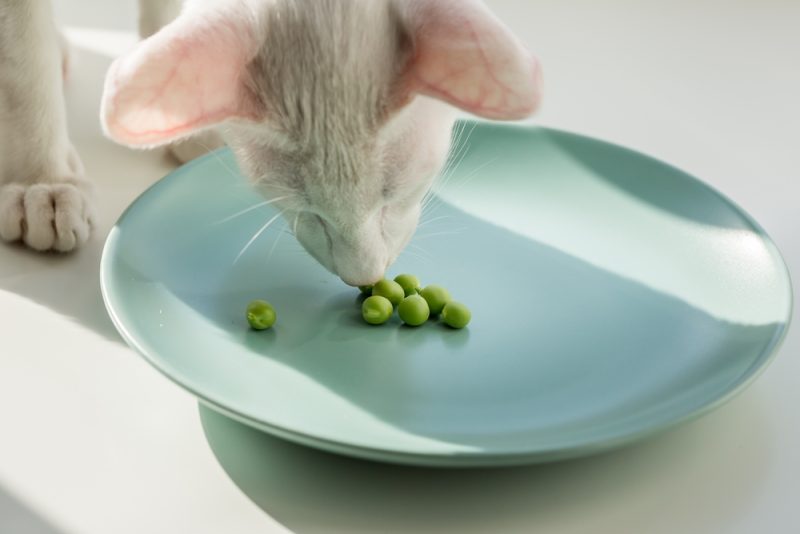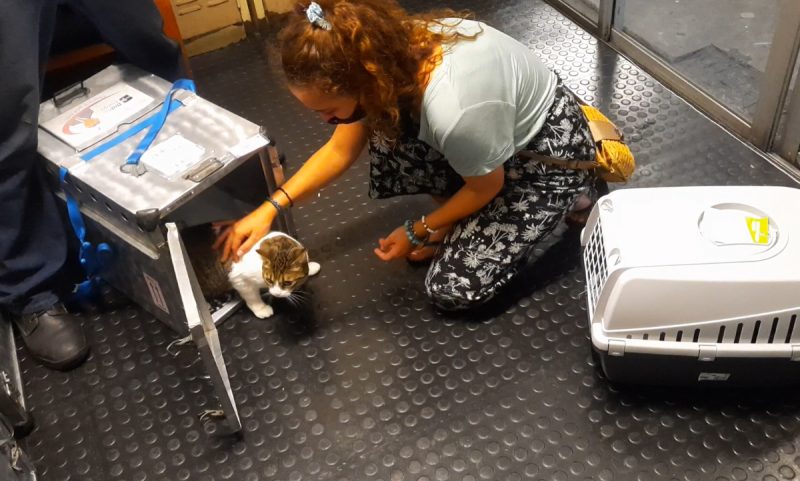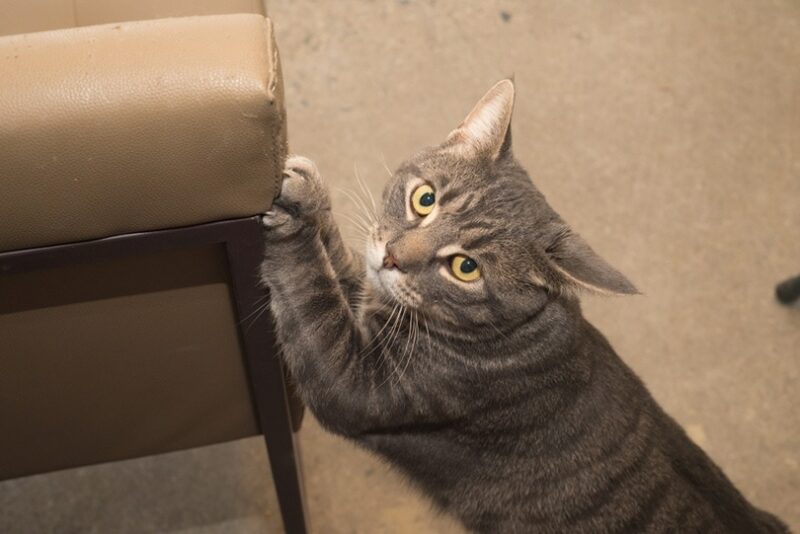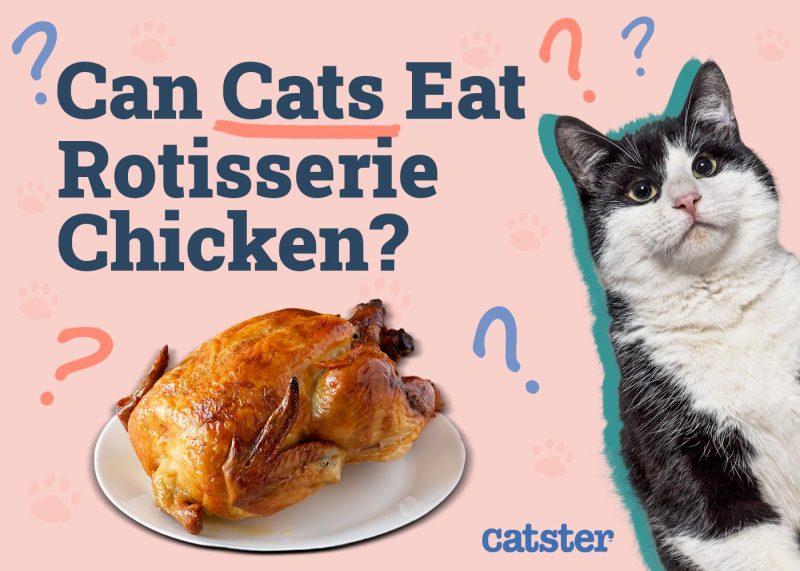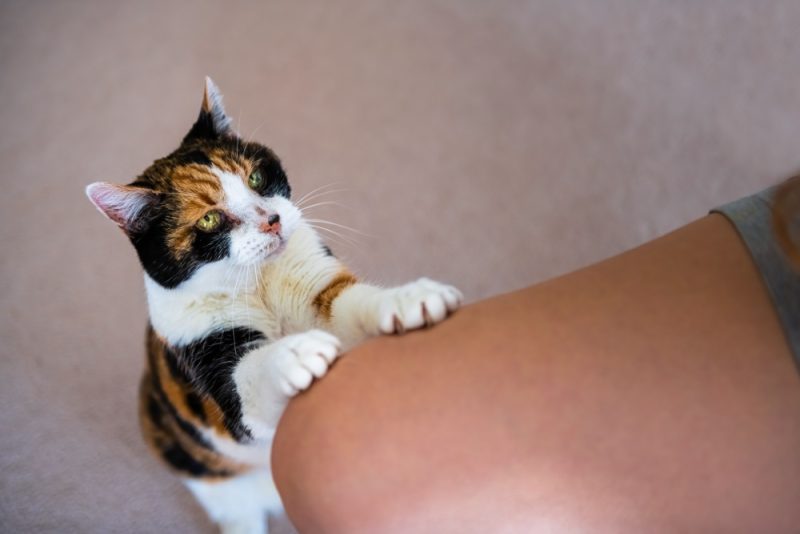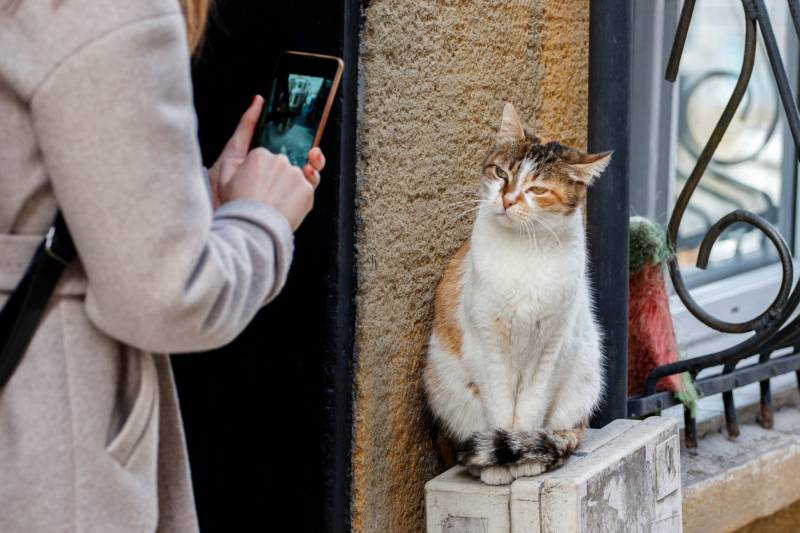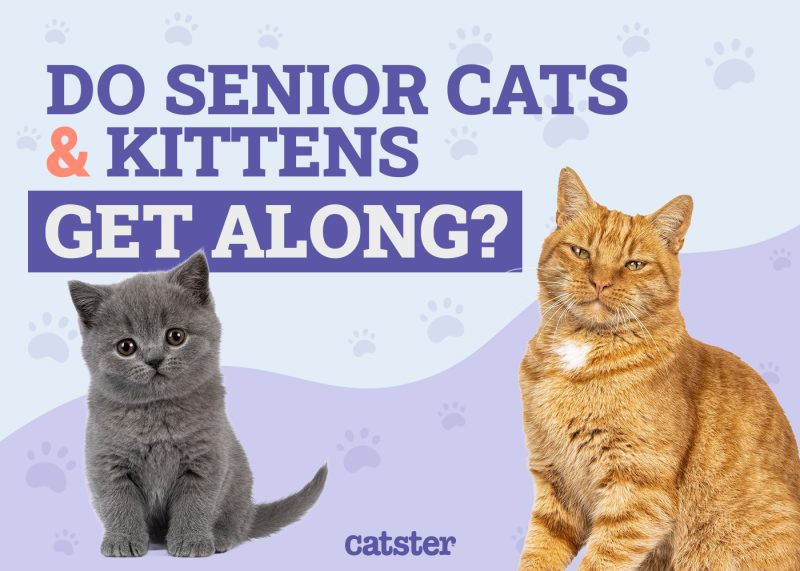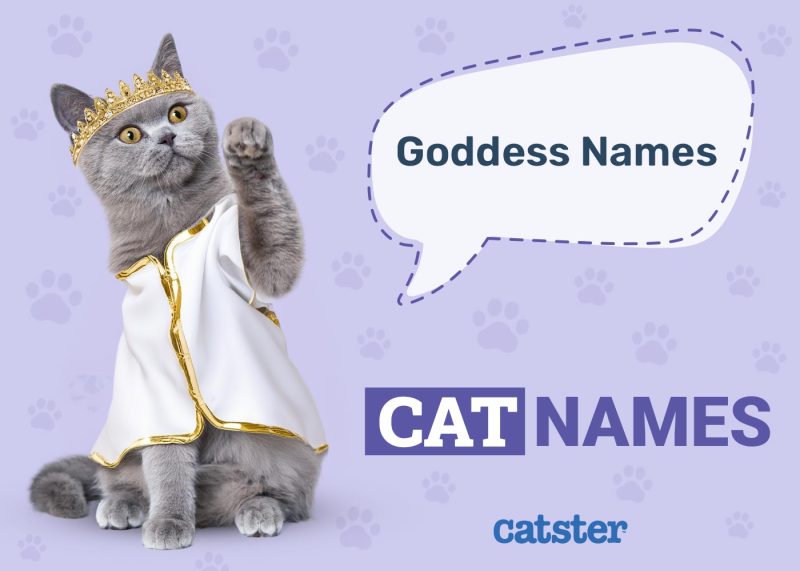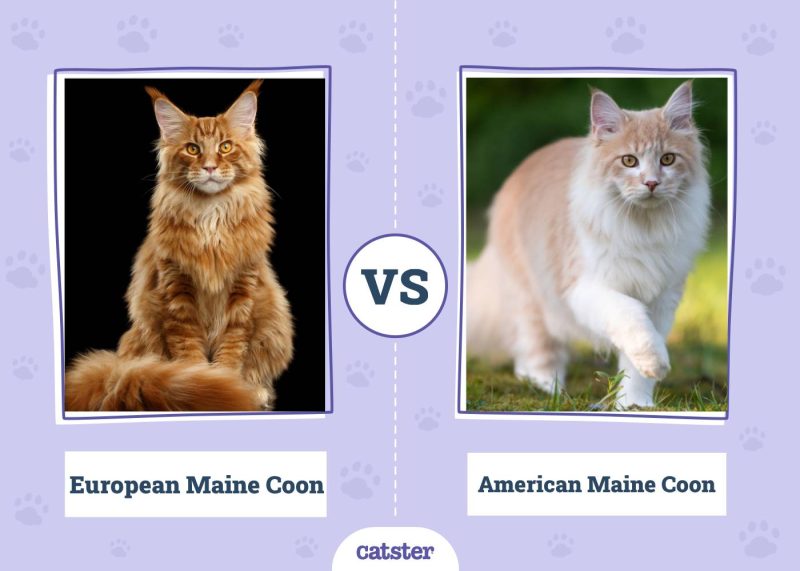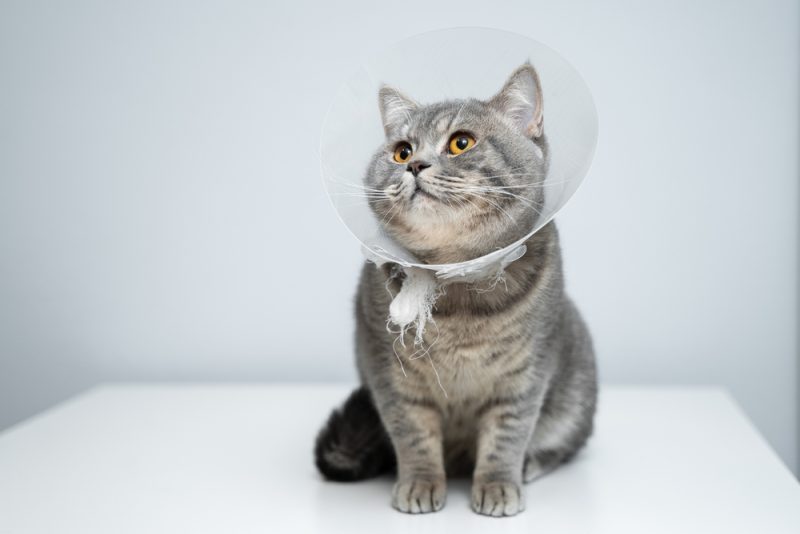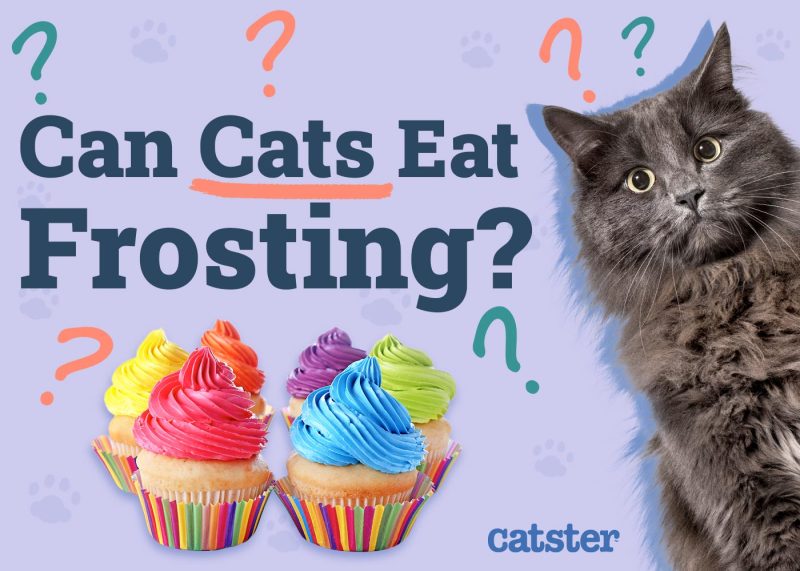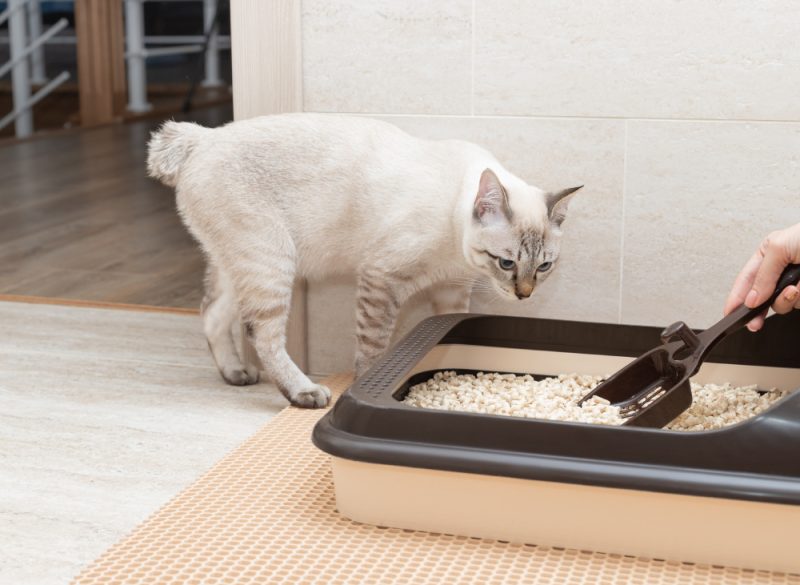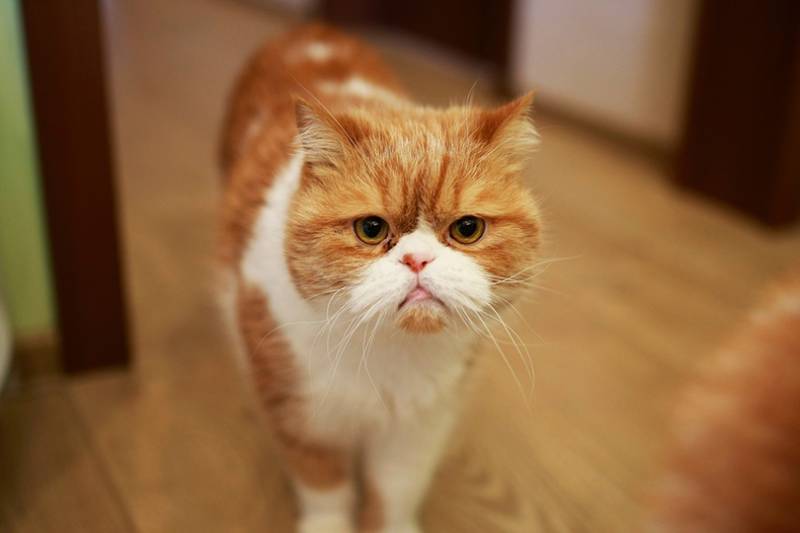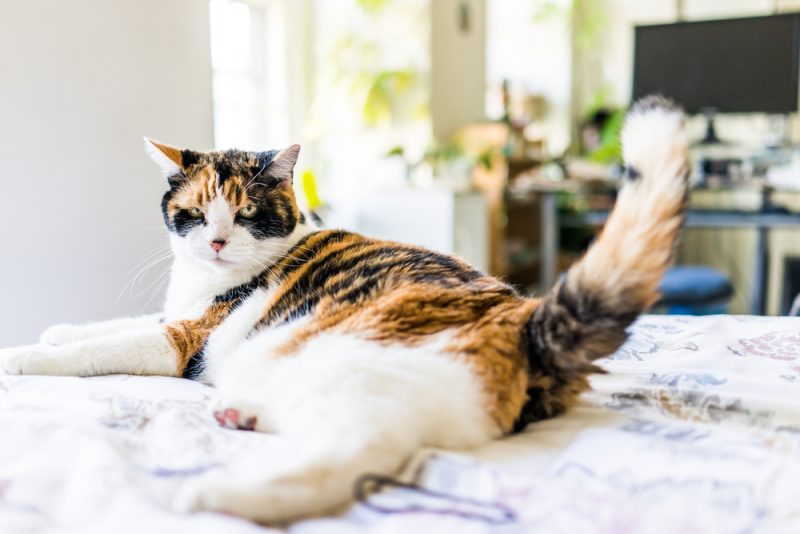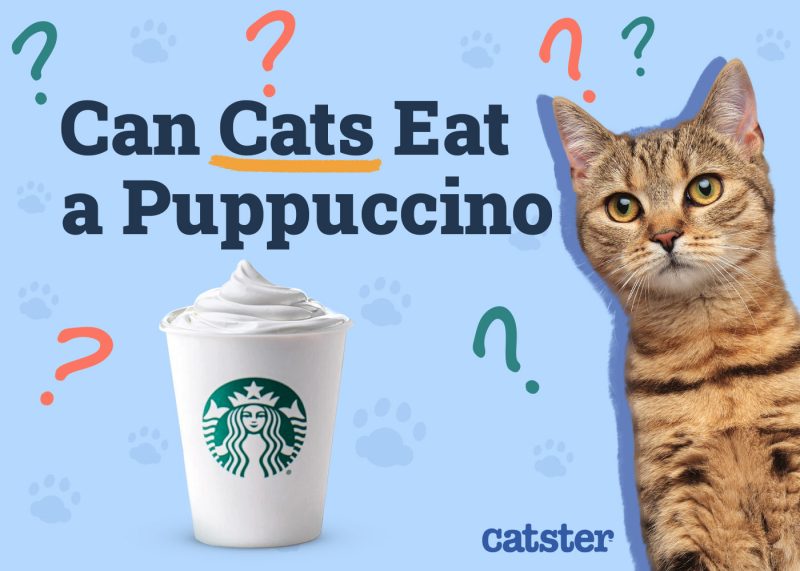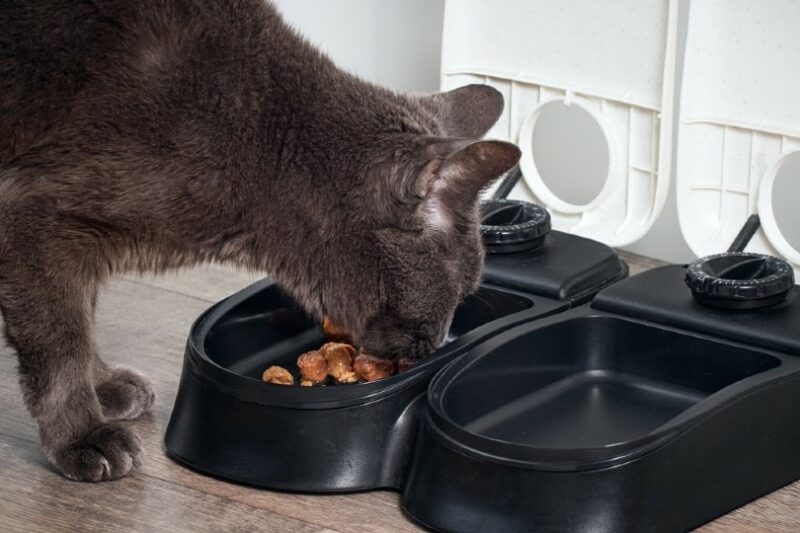If your cat is like most, they live a fairly happy-go-lucky lifestyle with ample time to groom, sunbathe, and nap. It may seem like nothing affects them. However, you may not realize that an eating disorder can upset this relaxed routine. If you fear that something is off with the way that your cat responds to food, read on to learn more.

What Are Eating Disorders in Cats?
In broad terms, an eating disorder in cats is anything out of the ordinary. It could be the reason that a cat eats way too much food, a cat barely eats any, or a cat eats things other than food.
Keep in mind that all cats are different and will need different amounts of food to stay healthy. So, instead of looking at a specific amount of food that a cat should eat, you’ll need to look for trends in your cat’s behavior. If your cat suddenly starts eating less than usual or if they are starting to balloon because they are scarfing down everything in sight, you may rightly suspect an eating disorder.
Let’s break down the three main eating disorders in cats.
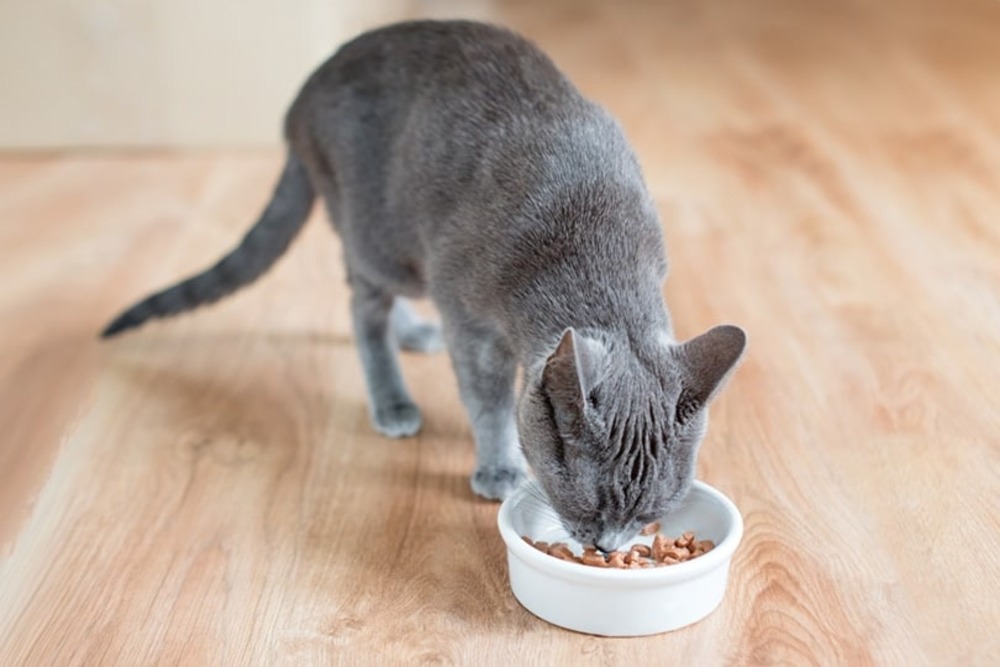
1. Eating Too Much
Nearly 60% of domestic cats in the U.S. are considered overweight.1 Excessive weight and obesity have become so commonplace among kitties that many vets have had cat owners bring in their ideal-weight felines with the concern that they’re too skinny. While overweight cats may be becoming the norm, it could still be a sign of an eating disorder.
Some cats that overeat simply don’t have an off switch when it comes to food. Allowing them to eat all they want can quickly pack on the pounds. Measuring your cat’s daily food portions and not free feeding is extremely important.
However, other causes may have your kitty acting hungrier than usual.
2. Eating Too Little
The opposite of a plump cat is a skinny cat. They may either be “dainty” about the way that they eat or skip entire meals altogether. Either way, a cat that eats too little may be at risk for nutrient deficiencies and other health-related issues. Your cat not eating enough or being on the weight-loss fast track could have multiple causes.
3. Eating Things That They Shouldn’t (Pica)
Sometimes your cat’s eating disorder has nothing to do with actual cat food. Instead, some kitties may try to eat non-food items. This condition is known as pica and can be especially troublesome depending on what your cat is into. Cats with pica will often chew, suck, or swallow things like string, paper, cardboard, dirt, fabric, or even poop. It seems that nothing is off limits as long as it can fit in your cat’s mouth.
This is an issue because there is a great potential for them to eat toxic or dangerous items or things that are indigestible and can cause a digestive obstruction.
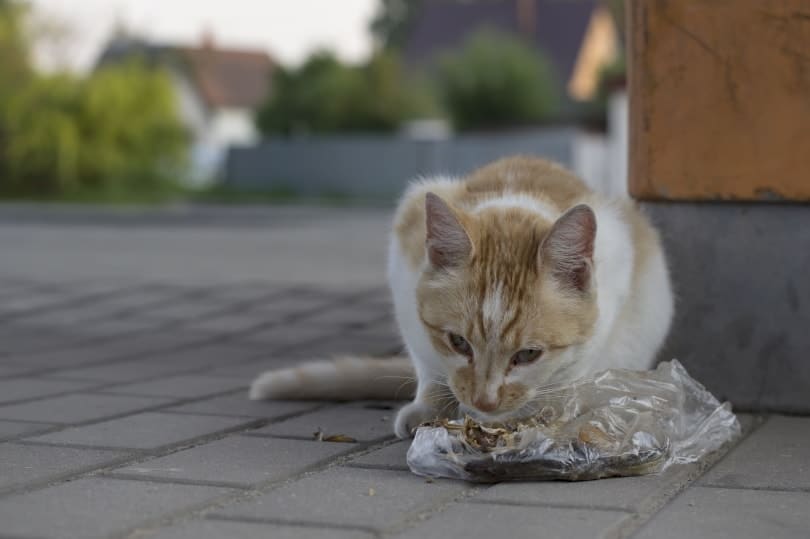

What Are the Signs of an Eating Disorder in Cats?
Eating disorders may be hard to spot in cats, especially in the early stages. It’s better to consider changing trends in your cat’s appetite rather than compare them to a set amount of food that a cat should eat. With this in mind, signs of an eating disorder may include:
- A change in appetite, whether it be eating more or eating less food per day over a period of time
- Constantly begging for food
- Not cleaning up their meals for multiple days
- Chewing, sucking, or swallowing non-food items
- Vomiting, diarrhea, constipation
- Weight loss or weight gain
If your pet is showing these signs, we suggest you speak to a vet.
Need veterinary advice but can't get to the clinic? Catster recommends PangoVet, our online veterinary service. Talk to a vet online and get the answers and advice you need for your cat without having to leave your living room — all at an affordable price!


What Are the Causes of an Eating Disorder in Cats?
What’s behind your cat’s eating disorder will vary for every cat and often requires a veterinarian to truly determine. To give you an idea of what your cat may be dealing with, here are a few common causes of the different types of eating disorders in cats.
1. Eating Too Much
- Boredom
- Medications
- Hyperthyroidism
- Diabetes
- Digestive issues that affect nutrient absorption
- Aging
- Diet
If your cat can never seem to get enough food, whether they’re overweight or not, see your veterinarian.
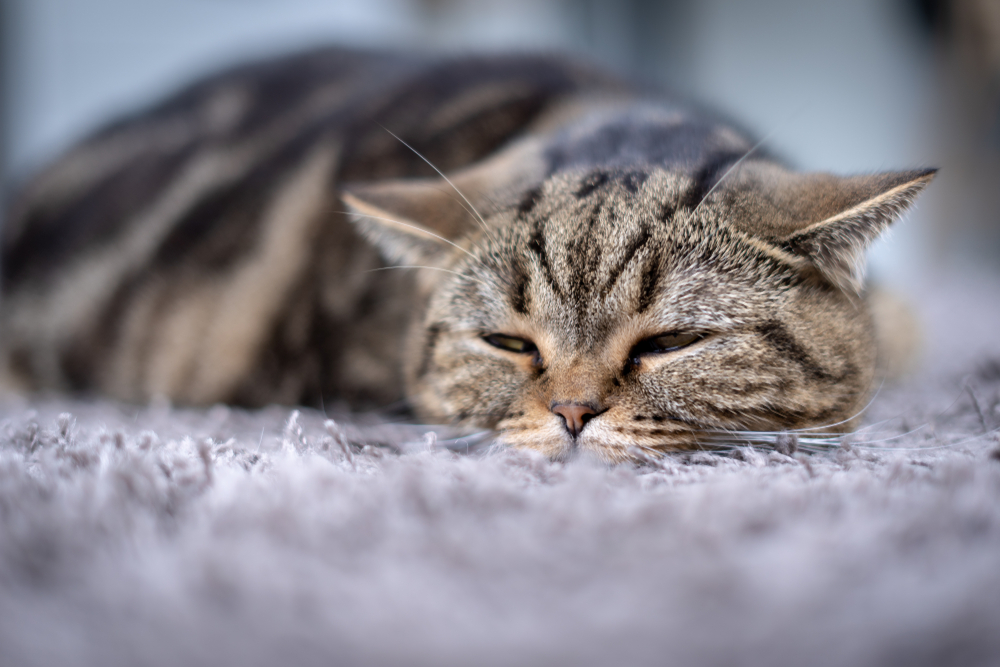
2. Eating Too Little
- Dislike of food’s flavor, texture, size, etc.
- Food bowl cleanliness, including the proximity to the litter box
- Food bowl placement (high-traffic area, behind closed doors, etc.)
- Competition from other pets
- Health issues like kidney disease, digestive issues, infections, dental disease, cancer
- Injuries/pain
Sometimes a cat’s weight loss and lack of appetite can go unnoticed until it becomes severe. That’s why regular veterinary visits are so vital. These can help you track your cat’s weight and give you a chance to ask questions about proper diets, feeding amounts, and all things related to your cat’s mealtimes.
3. Eating Things That They Shouldn’t
Pica has several potential causes, including:
- Boredom
- Stress/anxiety
- Lack of socialization
- Health conditions, such as diabetes hyperthyroidism, anemia, and digestive issues
- Parasites
- Poor diet
If you notice your cat making a habit out of chewing or eating non-food items, see your vet. They might have a serious underlying health issue, and you’ll also want to find ways to curb this action so they don’t eat something that could be dangerous.
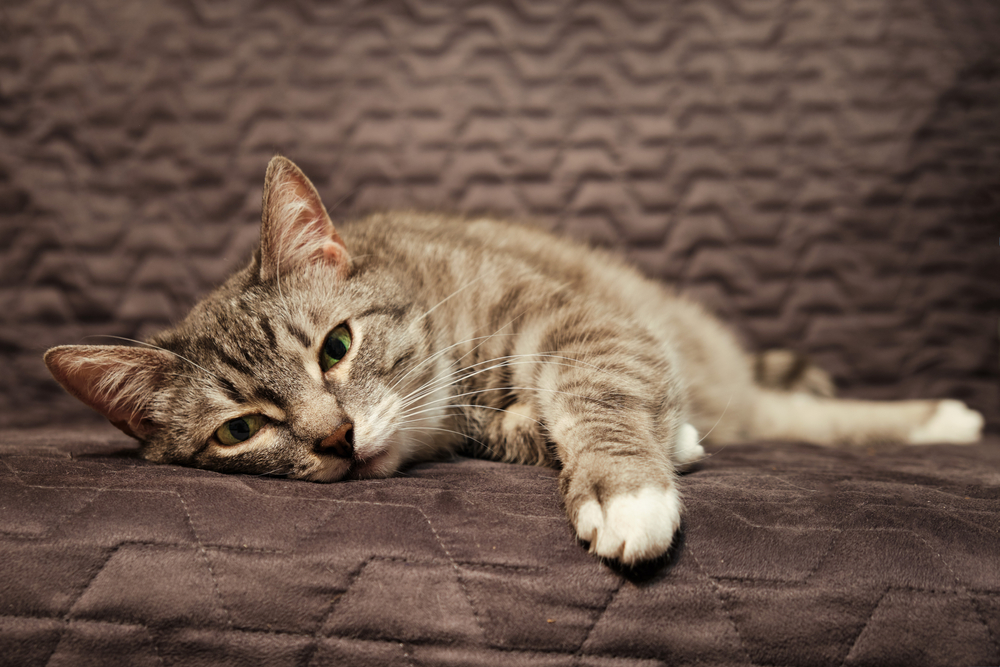
How Do I Care for a Cat With an Eating Disorder?
The first step to take is to get your cat’s issues properly diagnosed by a veterinarian. They will be able to determine if your kitty is eating too much or too little, if they have gained or lost weight, or if any other signs could point to a cause.
Once an eating disorder is diagnosed, your vet will be able to dig deeper into why they are having this issue. This may include lab work, imaging, or even other diets.
Treatment for some kitties may simply be switching their food to a higher-quality version or taking the time to measure out meal portions instead of free feeding. For others, it may require bettering their food bowl hygiene or moving it to a more out-of-the-way location. Environmental enrichment or scheduled playtimes may also be warranted.
Treating certain cats for eating disorders may be more involved, with some potentially needing lifelong medications.

Frequently Asked Questions (FAQ)
What Is the Best Food to Feed a Cat?
Every cat and every household is different, so the best diet for your kitty may be different from the best diet for your neighbor’s cat. In fact, cats within the same household may even require different diets.
The ideal way to determine what you should feed your cat is to talk to your veterinarian. They will be able to recommend several high-quality options, so you can choose one based on affordability and availability.
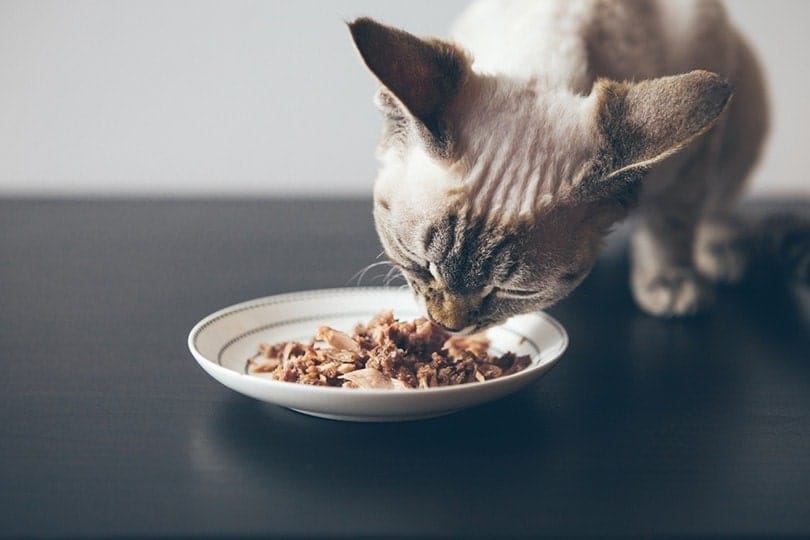
How Do I Stop My Cat From Eating Poop?
First, take your cat to the vet to make sure there isn’t a health condition causing them to eat feces. Next, clean the litter box so there isn’t anything there to entice them. If you’re gone for long portions of the day, consider a self-cleaning litter box. You may want to enrich your cat’s environment to stave off boredom by adding interactive toys and providing them with plenty of one-on-one time daily. Trying to decrease your cat’s stress by giving them a safe place to go and sticking with a routine may also help.
How Can I Slow My Cat’s Eating?
Some kitties have an innate “this is my last meal” feeling that makes them inhale their food at lightning speed. This can make them regurgitate the meal later. To get your cat to slow down and savor their meal, you may try feeding them smaller, more frequent meals. If this doesn’t fit into your schedule, look into getting an automatic feeder or food-dispensing puzzle toy so your cat only gets a few kibbles at a time.
You can also modify their food bowl so they can’t shovel in food as quickly. Spreading the food out over a larger surface can slow down feeding because cats will have to move around to get their bites. Adding an obstacle, such as a large flat rock or a tennis ball, can also slow down your cat’s eating by making them pick around the object for their kibble. Just make sure the object that you use is large enough they can’t swallow it, and ensure that it’s clean. You can invest in a slow feeder bowl that has these obstacles built in.
Talk to your vet for more ideas on how to slow down your cat’s eating.
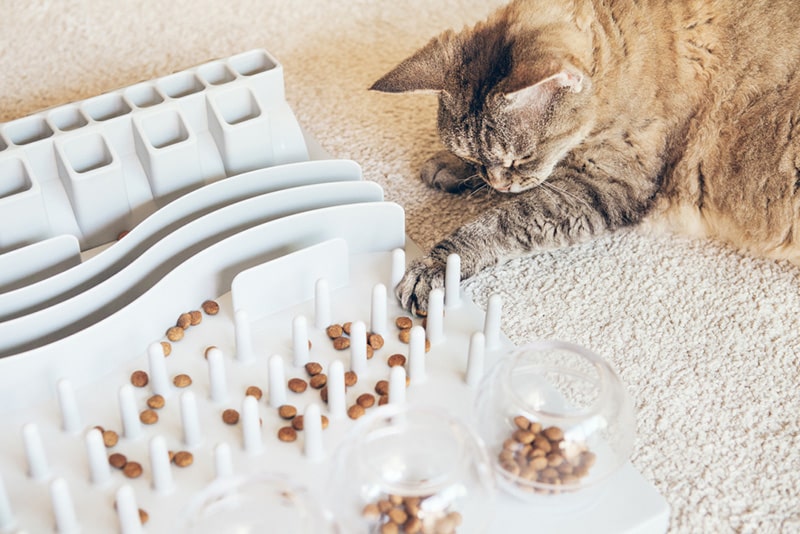

Conclusion
While not usually the first health issues that come to mind, eating disorders in cats aren’t something to be overlooked. If your cat is eating too much or too little or eating non-food items, it could mean they have something serious going on that should be checked out by a veterinarian.
See also:
- Cat Resource Guarding: Vet-Reviewed Causes & What to Do
- Rescue Cat Behavior: Vet-Reviewed Problems & How to Help
Featured Image Credit: VittoriaChe, Shutterstock
